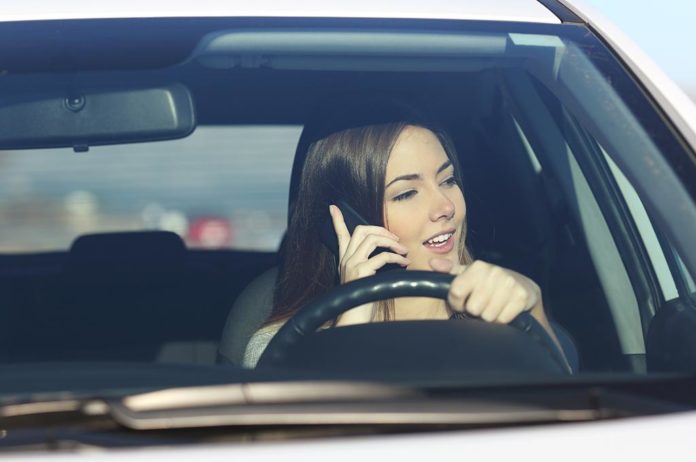KATU News, according to the Portland Bureau of Transportation, recently reported that 2019 had been the deadliest year on Portland roads in more than 20 years. Any family to receive this devastating news about a loved one passing or experiencing major injury has had their lives changed forever.
As a functional neurologist and chiropractor dealing with concussion and traumatic brain injury for over 20 years, our clinic in the last five years has seen a significant increase in motor vehicle crashes, and particularly rear-end collisions associated with distractible driving associated caused by texting. What was once 5, 10 or 15 mile an hour rear-end crashes causing whiplash has now been replaced with 30, 40 or 50 mph rear-end crashes that (in addition to whiplash) is causing concussion and traumatic brain injury.
According to the National Highway Traffic Safety Administration (NHTSA), during daylight hours, roughly 800,000 drivers are using a hand-held cell phone. In 2013, 3,154 people were killed in distraction-affected crashes, and 424,000 people were injured, accounting for 10 percent of all fatal crashes in the nation, 18 percent of injury crashes, and 16 percent of all motor vehicle crashes in 2013 (NHTSA).
Transportation officials have indicated that most such tragedies on the road are the result of human behavior, including the rising incidence in texting while driving. The Oregon Department of Transportation has indicated that “distraction occurs when a driver diverts attention to something not related to driving that uses the drivers’ eyes ears or hands.”
The four types of driver distraction are:
- Visual – looking at something other than the road
- Auditory – hearing something not related to driving
- Manual – handling something other than the steering wheel and
- Cognitive – thinking about something other than driving
All four types of driver distraction are in play when texting.
The alarming increase in these motor vehicle crashes has motivated the Oregon Legislature to enact a new law attempting to protect the public from distracted driving associated with texting. Referred to the Cellphone Law, it basically states that it is illegal to drive holding or using an electronic device (E. G. Cell phone, GPS, laptop). This law went into effect on October 1, 2017.
My advice to all is, OBEY THE LAW! My advice to the parents of teenagers driving is they not be allowed to have their cell phones on while driving with the exception of using a voice-activated navigation system when driving in unfamiliar territory. I thank the reader for their consideration and to share this message with everyone. We will all be safer on the road.
The first offense that does not contribute to a crash is a Class B violation with a maximum fine of $1000. A second offense, or the first offense which contributes to a crash, is a Class A violation with a maximum fine of $2000. A third offense in 10 years is a Class B misdemeanor in could result in a maximum fine of $2000 dollars and six months in jail.























